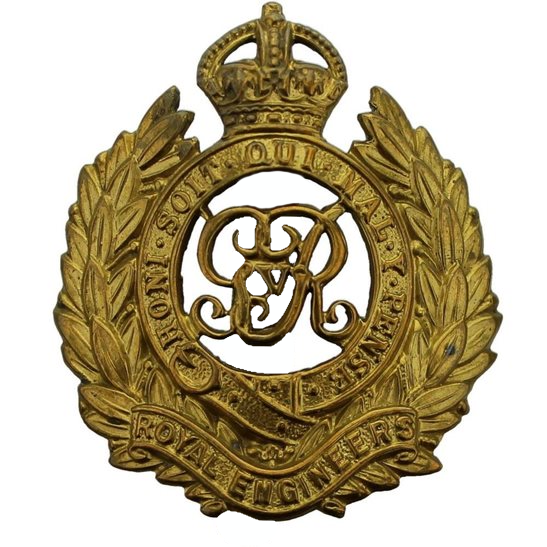Personal Details
Born: 2 October 1891 in Tilstock, Shropshire and baptised 8 November the same year at Tilstock Church (Note the 1939 register has his year of birth as 1893) He was known as Alfred, John Alfred and Alfred John.
Family: He was the eldest of five children of Joseph Henry Hinde, a carpenter, and his wife Elizabeth. He married Ellen Hamer in 1933 in Whitchurch, Shropshire and together they had one child Robert R.
Residence: The family were living at 12 St. John’s Street at the time of the 1901 and 1911 censuses. In 1919 the Absent Voters’ Register gives his address as 38 Egerton Road, Whitchurch (still living with his family as his brother has the same address). In 1939 he was living at 48 Egerton Road and was still residing there at the time of his death in 1952.
Employment: In 1911 he was an apprentice plumber; in 1939 he was a dairy tinsmith, locksmith and gunsmith.
Died: In 1952 in Whitchurch, aged 60 and buried in Whitchurch cemetery on 16 June 1952.
Military Details
Regiment: Royal Engineers
Rank: Sapper
Service Number: 133372
Date of Enlistment: Not known
Date of Discharge: Not known
Reason for Discharge: Not known
Other Information: Hospitalised in France in October 1918.
John was awarded the Campaign Medals (British War Medal and Victory Medal)

The British War Medal (also known as 'Squeak') was a silver or bronze medal awarded to officers and men of the British and Imperial Forces who either entered a theatre of war or entered service overseas between 5th August 1914 and 11th November 1918 inclusive. This was later extended to services in Russia, Siberia and some other areas in 1919 and 1920. Approximately 6.5 million British War Medals were issued. Approximately 6.4 million of these were the silver versions of this medal. Around 110,000 of a bronze version were issued mainly to Chinese, Maltese and Indian Labour Corps. The front (obv or obverse) of the medal depicts the head of George V. The recipient's service number, rank, name and unit was impressed on the rim.
The Allied Victory Medal (also known as 'Wilfred') was issued by each of the allies. It was decided that each of the allies should each issue their own bronze victory medal with a similar design, similar equivalent wording and identical ribbon. The British medal was designed by W. McMillan. The front depicts a winged classical figure representing victory. Approximately 5.7 million victory medals were issued. Interestingly, eligibility for this medal was more restrictive and not everyone who received the British War Medal ('Squeak') also received the Victory Medal ('Wilfred'). However, in general, all recipients of 'Wilfred' also received 'Squeak' and all recipients of The 1914 Star or The 1914/1915 Star (also known as 'Pip') also received both 'Squeak' and 'Wilfred'. The recipient's service number, rank, name and unit was impressed on the rim.

